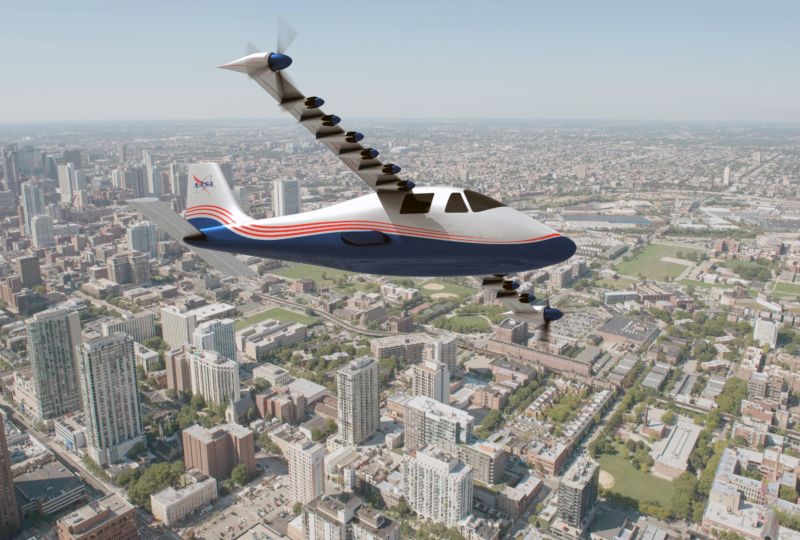Scientists have tried to predict when electric airplanes will become reality

Electric cars are now becoming more and more - almost all well-known automakers are engaged in the creation of vehicles running on electricity. Some companies are considering the possibility of creating aircraft that can use not aviation kerosene, but all the same electricity. And there are already successful examples of development - but so far, unfortunately, all this has not gone beyond the tests.
The other day published the results of the study, the authors of which studied the question of practicality of electric aircraft thoroughly. They tried to understand when it would be possible to mass-produce new aircraft.
The experts took several directions as the basis of the research . The first is a question of sufficient battery capacity. They must ensure a comfortable flight and not be discharged until the vehicle arrives at the site. The second question is the economic profitability of creating electroplanes. The third is the environmental impact.
As it turned out, almost all areas are more complicated than it might seem. For example, in the third question a lot of things need to be studied. This and the safety of the process of producing batteries for the environment, and the ability to use "green" energy to recharge batteries and much more.
As for the first question, the best Li-ion batteries have a “density” of 250 Wh / kg per kilogram. In order for the electric aircraft to be economically viable, this indicator should be 3-8 times higher. Desirable - about 2000 Wh / kg.
In general, the capacity of batteries in relation to their weight is growing by about 3% per year - this is about the emergence of new technologies that help to increase the "density". It turns out that every 25 years, this figure doubles. So it has been so far and it is quite possible that there will be more. True, there is the likelihood that technology will simply reach the ceiling of development and the batteries will not double.
Whatever it was, but for a Boeing 727 type aircraft, batteries with a total capacity of 800-1200 Wh / kg are needed. Thus, it is necessary to wait several more decades until the creation of a new type of transport becomes possible. The positive point is that electric motors are more efficient than internal combustion engines.
With regard to the issue of reducing emissions, now replacing conventional airplanes with electric ones will not reduce emissions of harmful substances. If the infrastructure is more modern, and the losses within the network are lower, then the electric aircraft will become more “clean” than ordinary liners.
Moreover, “green” electricity is getting cheaper, so the demand for it is gradually increasing. Accordingly, the number of different types of alternative power stations, which provide even cheaper electricity, is increasing. If you use it to charge electric airplanes, then the amount of harmful substances needed to generate a certain amount of electricity will gradually decrease. By the way, if you take the model of the economy of electric aircraft, then right now it will be profitable only if oil costs $ 100 per barrel.
If electric aircraft can fly a distance of about 1,100 km, then they can be used on commercial flights. In this case, electric aircraft will gradually replace conventional ones. As a result, when the ratio of electric aircraft and conventional 50/50 energy demand increases significantly. If electric aircraft can overcome 2200 km, then they can be replaced by about 80% of global air transport. Accordingly, the need for electricity will increase even higher.
Whatever it was, but the conclusion of scientists is unequivocal - we will have to wait about 30 years until the use of electric airplanes will be a profitable business. Accordingly, they will gradually be introduced into the infrastructure of passenger transportation and cargo transportation.
Nature Energy , 2018. DOI: 10.1038 / s41560-018-0294-x


